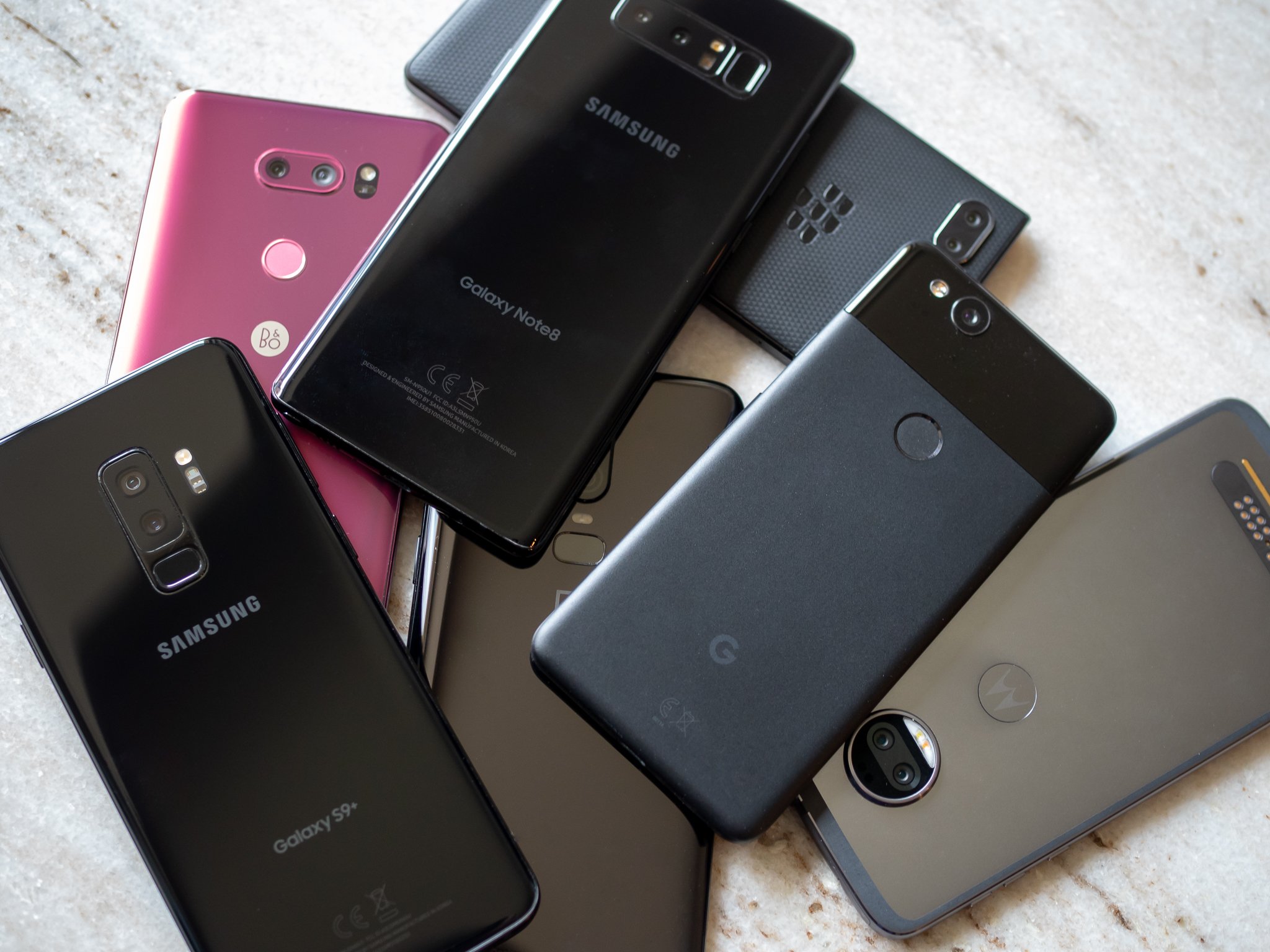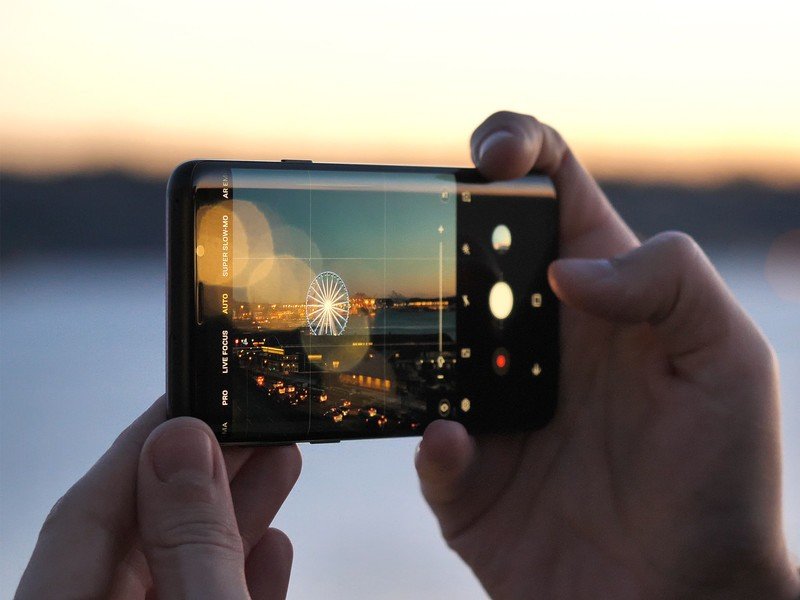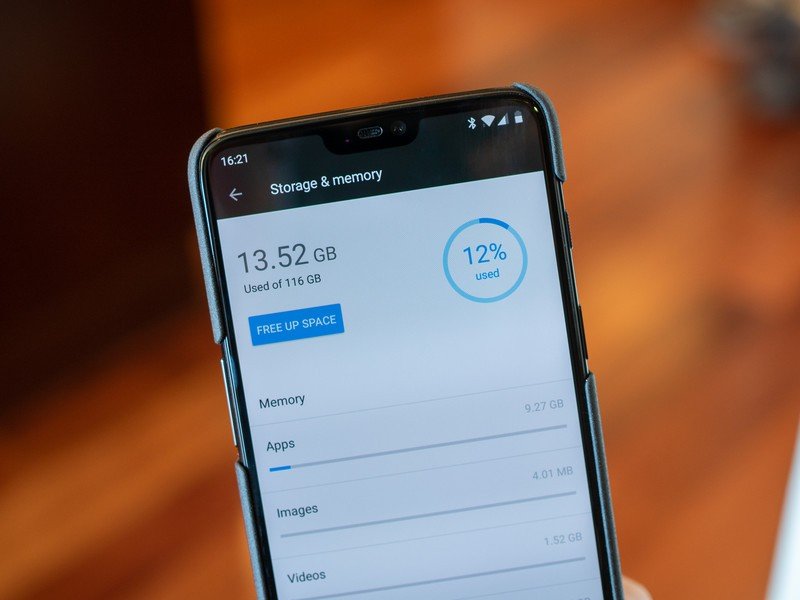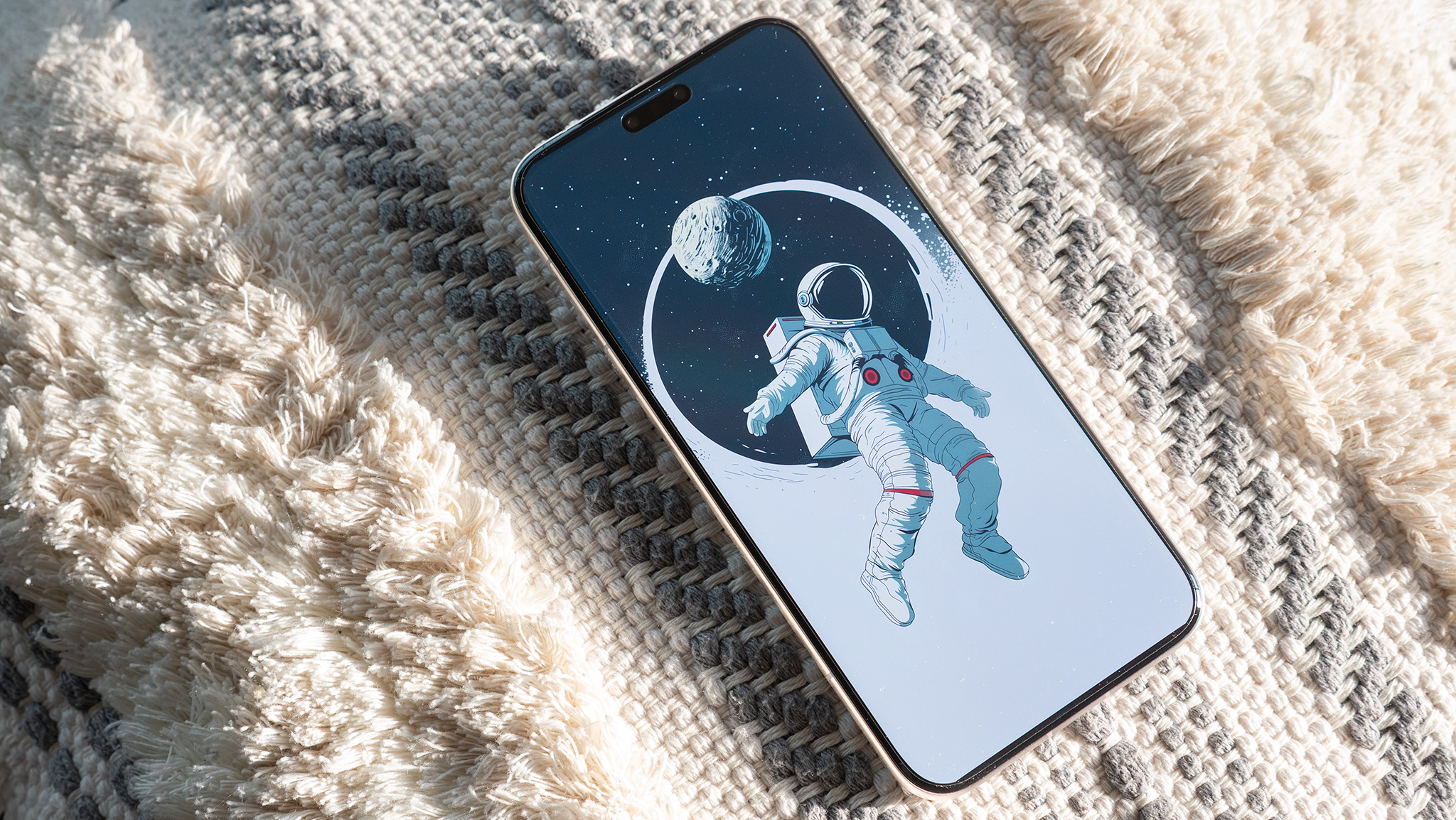Top 6 reasons to buy a flagship over a mid-range phone in 2022

There are many parts of the smartphone experience that are a matter of personal preference — like screen size, specific internal components, expandable storage, certain exterior materials, software features and the like. All of those areas provide smartphone companies with room to differentiate and make unique devices with interesting selling points. Just one of those choices could make or break your decision to buy the phone.
But no matter your preference in each of those areas, you should expect a certain level of base features and capabilities — particularly when the price tag goes above $600.
Dust and water resistance
This is the simplest thing to expect nowadays. Just about every phone and tablet that's more than a couple hundred dollars inherently has some level of water ingress protection, but higher-end phones go so far as to actually be tested and certified up to a certain point.
You may think you're careful and your phone doesn't need to have dust and water resistance, but sometimes this is out of your hands — and the phone should be protected from it. There are varying levels of protection, and it's a little annoying to try and decode, but look for your phone to have an "IP" rating of 57, 58, 67 or 68. The first number, 5 or 6, relates to dust protection, while the second number, 7 or 8, refers to water protection.
You don't really need to know the details of the exact circumstances phones are tested to reach each level, but just know that "splash proof" definitely isn't the same as having a proper full IP rating noted above.
How 'waterproof' is my phone? What those IP numbers really mean
Samsung led the way for mainstream adoption of IP resistance ratings as a "must-have" feature, and the Galaxy S9 and S9+ are still advertised heavily as having the feature. Nowadays, all of the best phones have water resistance ratings — though the Galaxy S9 and S9+ do it while keeping a headphone jack.
Get the latest news from Android Central, your trusted companion in the world of Android
A screen completely usable in daylight
We often focus on screen size and resolution, which are also important in their own right, but neither really matters if you can't see the phone out in the sun. Likewise, a good camera doesn't do you a ton of good if you can't actually see the viewfinder and operate the buttons with sun beating down on the screen.
You shouldn't be afraid of the sun — and knowing is about more than just nits.
A rising tide of mobile display quality has lifted just about every phone up to an acceptable level of daylight visibility, but it isn't universal just yet. Look at the synthetic brightness level — quoted in nits — of the phone you're considering, but know that that doesn't tell the whole story. There are many other parts of the display components, tuning and software that make a difference in daylight visibility. Every phone looks great and seems really bright indoors, but if at all possible go get it out in the sunlight to see what it's really like. Read reviews and look for remarks specifically about daylight visibility — you should expect to be able to use your phone unencumbered outdoors.
Samsung's Galaxy S9 once again leads in this respect, and it's for two reasons. Is SuperAMOLED display has high contrast and generally great brightness — but it also has an automatically-triggered sunlight mode that boosts the contrast and brigthness when it detects harsh sun, meaning you'll always be able to see the screen. The LG G7 deserves a mention here as well, because it has a brightness boost mode that pushes its screen up to an insane 1000 nits of brightness — unfortunately, it doesn't trigger automatically like Samsung's screen does.
A camera that is usable in all lighting

There's a never-ending battle over smartphone camera quality, and it's one that we as consumers ultimately win from as smartphone cameras are really great nowadays. If you're looking to buy a $600+ phone, it shouldn't have any major compromises in camera quality — no matter the lighting.
We can compare high-end phones and quibble over their intricate differences because photos are ultimately subjective works of art. But no matter the phone you're looking at, it should be able to capture a scene in any lighting without noticeable blur, graininess, discoloration or visual aberrations. It doesn't have to be the most beautiful photo you've ever seen, but at this price point you should absolutely have the confidence to know that every photo you take is at least above average. After that point, you can start to nitpick about specifics — and probably pay $2-300 more to get the best.
The Google Pixel 2 is coming around on a year old, yet it still amazes us with its ability to turn low-light scenes into something beautiful every time — and you don't have to think, just point and shoot. The Huawei P20 Pro deserves a mention, too, as all of its advanced shooting modes and multiple sensors can take amazing photos in all conditions.
A speaker that's loud and doesn't distort
You can forgive a company making a cheaper phone for skimping on the speaker system because it's one of those areas where it won't make or break a buying decision. But if you're paying extra for a phone, you can expect that the company spent the few extra cents for a better speaker or even the extra engineering time to work in dual speakers.
You shouldn't expect room-filling sound, but it should get plenty loud and not distort.
The speaker doesn't need to offer room-filling sound. And in this age of thinner and thinner phones, it's becoming increasingly difficult to do so. But you should be able to quickly tell if the speaker is good enough — just play whatever local music is on the phone, or open up a YouTube video, and crank the speaker to max. Is it louder than you'd need when the phone's in your hand? Does it max out volume without distorting and crackling? That's the bare minimum to expect in this level of phone.
The LG G7 has the best speaker offering right now, thanks to its innovative use of the entire phone as a cavity for the loudspeaker. Whether it's just sitting on a table or propped up on a larger opening to amplify, it's about as good as a small Bluetooth speaker. The Pixel 2 XL has a more traditional dual speaker system, and it gets pretty loud with a full sound profile.
64GB of storage (or more)

I think it's totally reasonable in 2018 to use a phone with 32GB of internal storage, even if you don't have an SDcard slot available to expand it. So long as you're not saving multiple movies or several massive games on your phone, you won't run out of space. But when you spend extra money on a phone to get the best specs, you should expect at least 64GB of storage.
Storage is inexpensive for manufacturers. It's totally understandable if the company doesn't offer multiple storage options, because managing those SKUs is expensive, but that one model it does sell better have 64GB or more. It's not so much for today, but really for the next year or two you use this phone — as files pile up and apps get larger, you don't want to feel the squeeze of running out of storage on your big-money smartphone.
Every one of our favorite high-end phones has 64GB of storage, but some offer you an option for even more. The Galaxy S9 and S9+ can be had with 256GB of storage, if you buy from Samsung directly. The OnePlus 6 is also available with 256GB.
Two years of platform updates
This is a tough one, because it requires both an analysis of historical information and also confidence in promises from companies. If you're buying a phone that's this expensive, you should have the expectation that the phone will get the next two major Android platform updates.
This requires some research and trust in the company you're buying from.
There are of course updates in between these platform jumps that matter as well: monthly security updates. Very few manufacturers are releasing these updates on a consistent monthly basis, but quite a few are getting to them roughly on a quarterly basis. Look back at the news for the previous major phones from a manufacturer — are they getting updates out? What frequency have they landed on? These things are important for the longterm health of your phone, and something you should expect when you spend extra on a phone.
The only way to know for certain that you'll be getting software updates for at least two years is to buy a Google Pixel 2 or 2 XL. The OnePlus 6 is also a pretty good bet in this regard, as the company has really upped its software support in recent generations.
How do you rank these features?
It's clear that you should expect this level of base features on an expensive phone in 2018 — the only question is how you rank them personally. Which of these is an absolutely no-budge option for you? Are you willing to give any of them up to get something else?
These are the best Android phones
Update July 2018: We've added our top picks for phones with each of the must-have features for a flagship phone.

Andrew was an Executive Editor, U.S. at Android Central between 2012 and 2020.
